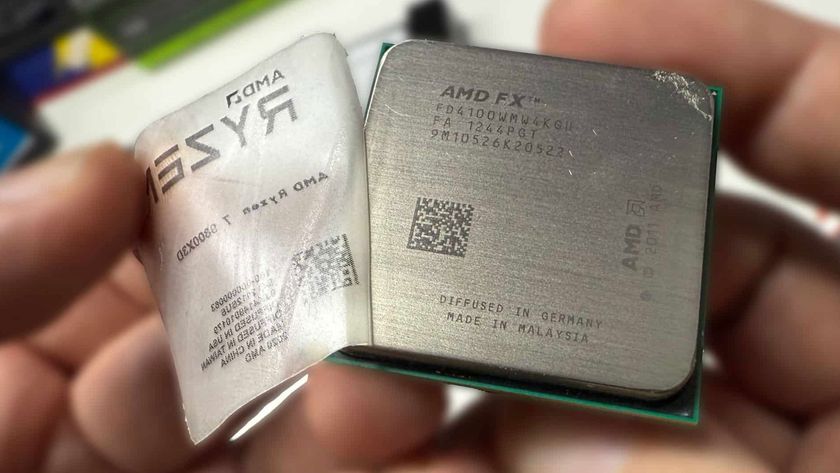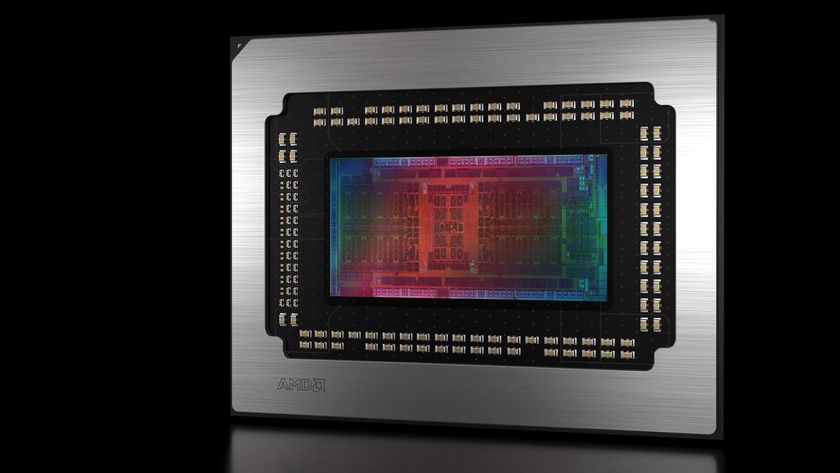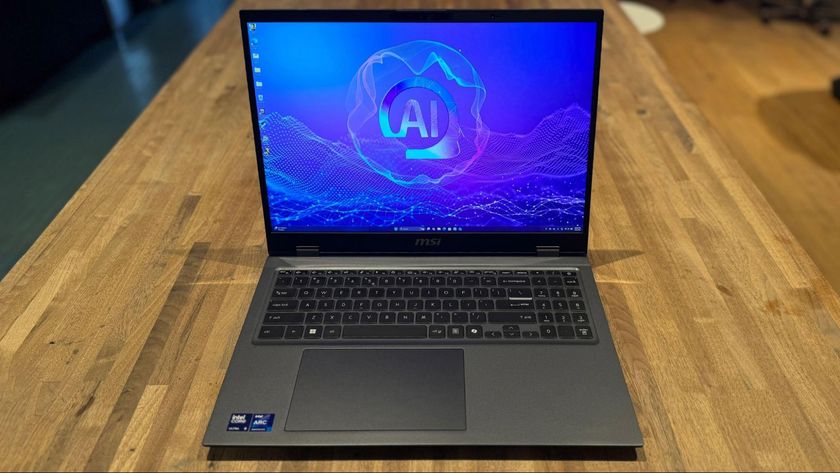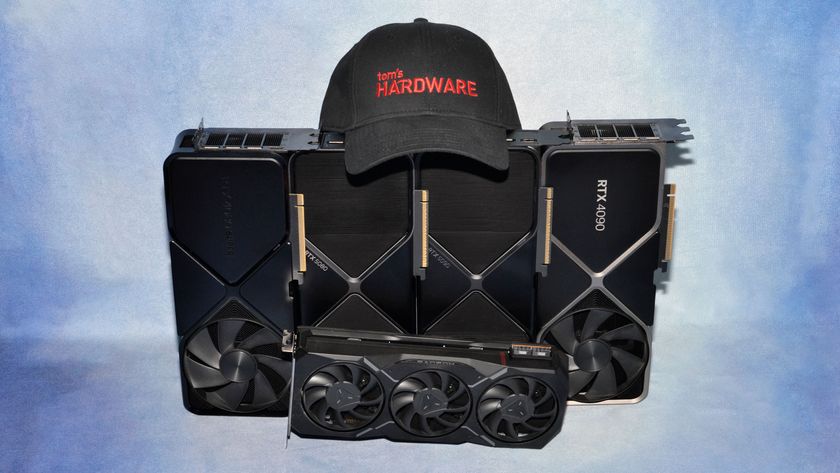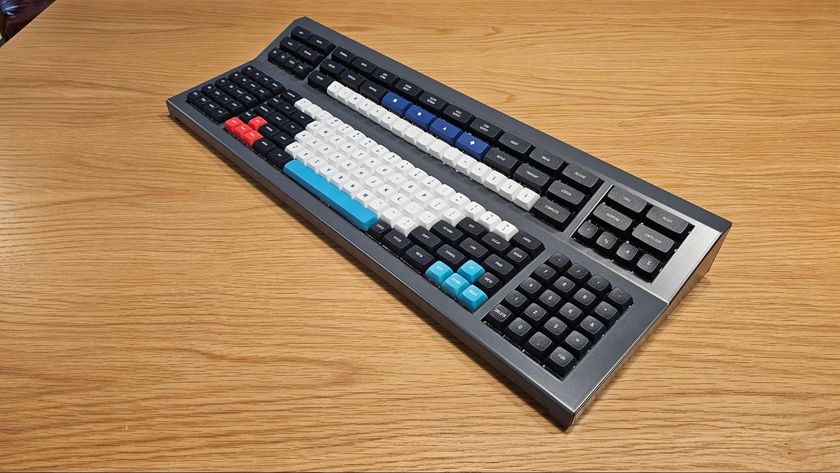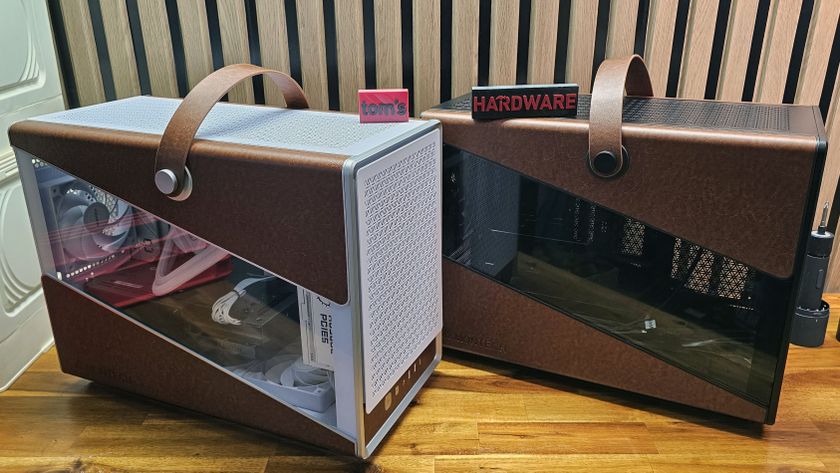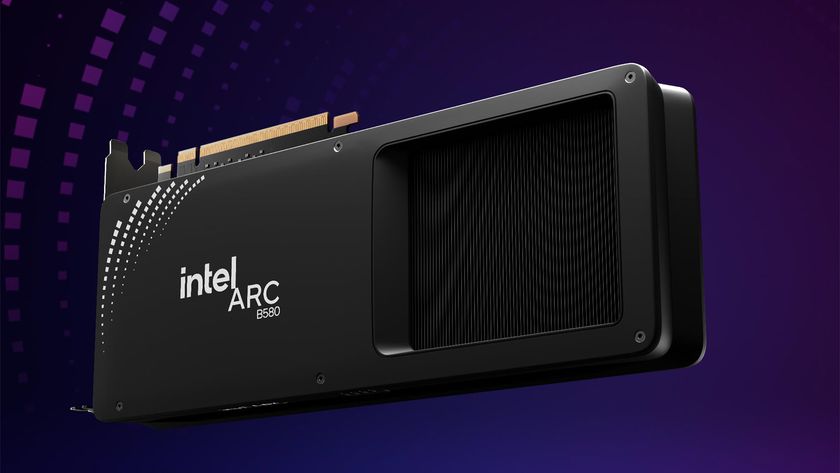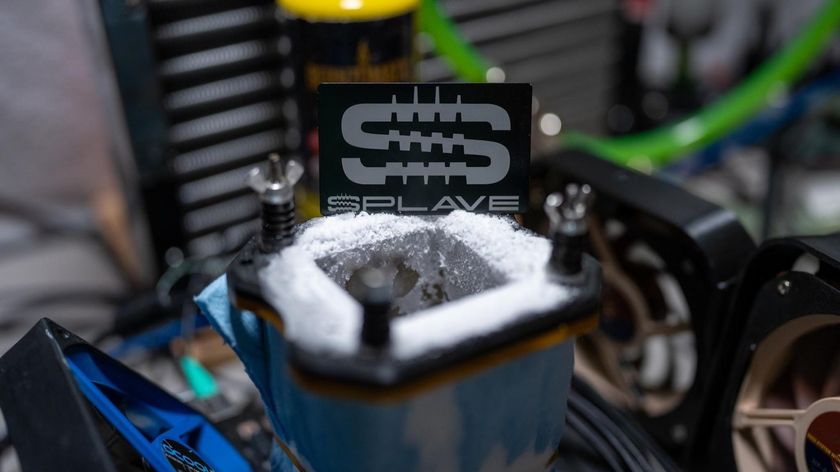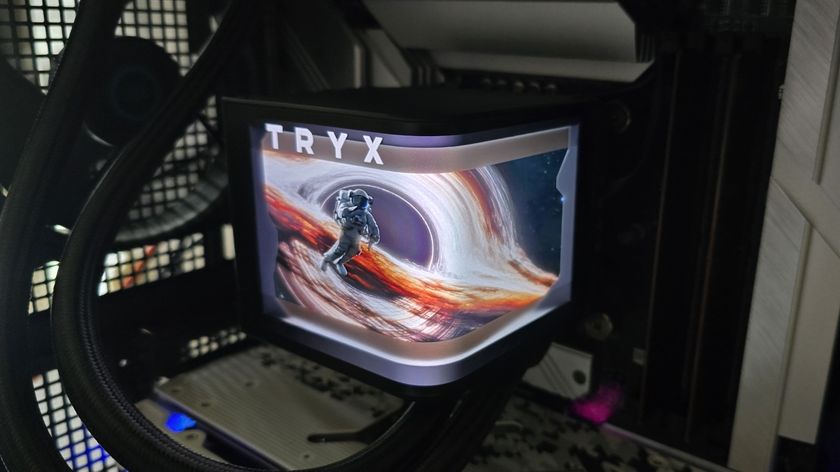Does Intel's Dual-Core Atom Improve Efficiency?
Atom 330: Dual-Core To The Rescue?

Intel’s low-power Atom processors have received an interesting upgrade, as a more attractive dual-core version has now been available for a few months. You may recall our shootout between an entry-level Core 2 system and a standard Atom 230 solution: Core 2 Nukes Atom on the Desktop. The Atom turned out to be truly low on power consumption, yet it lost to the Core 2 business machine when it came to power efficiency defined as performance per watt. Well, it’s time to look at the new dual-core Atom 330, which, in fact, could make a difference for low cost PCs.
There's Two Of Them...
Once again, Intel followed the approach that seems the most economical: it attached two Atom single-core CPUs onto a Socket 441 chip to create a dual-core Atom processor. This was the same method used with the Pentium D 900 series (65 nm Presler) and with the Core 2 Quad family (65 nm Kentsfield and 45 nm Yorkfield). It would certainly be possible to create a monolithic dual-core by creating a die that contains two chips, but this would also introduce the risk of lower product yields (e.g. the 90 nm Pentium D800 Smithfield). With the dual-core packaging system, Intel can select and validate chips to be used in single or dual configurations. The third approach—a unified dual-core processor—would require a lot of development, which isn’t appropriate for a cost effective product.
The Future Atom
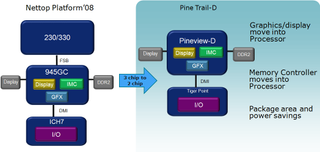
The Atom processor has been available since the second quarter of 2008, and it will still be around until the end of this year, when it will be replaced by a more integrated solution called Pineview. This upcoming product cycle will integrate the processor with the chipset northbridge, resulting in a two-chip solution that is referred to as the Pine Trail-D platform. This means that both the graphics unit as well as the memory controller will be part of the next-generation Atom, starting in dual-core flavors, with single-core models following. Intel aims to reduce the total package size by 70% and the total thermal design power (TDP) by 50%.
Atom Now
Let’s start with a little summary of Atom processor and platform options, and quickly move on to our benchmark results. Since the Atom 230 and 330 will be around for almost one more year, the question of whether or not it makes sense to get a dual-core system is highly relevant for low budget PCs and undemanding applications. Can the Atom 330 dual-core claim the efficiency crown from entry-level Core 2 systems?
Stay On the Cutting Edge: Get the Tom's Hardware Newsletter
Get Tom's Hardware's best news and in-depth reviews, straight to your inbox.
